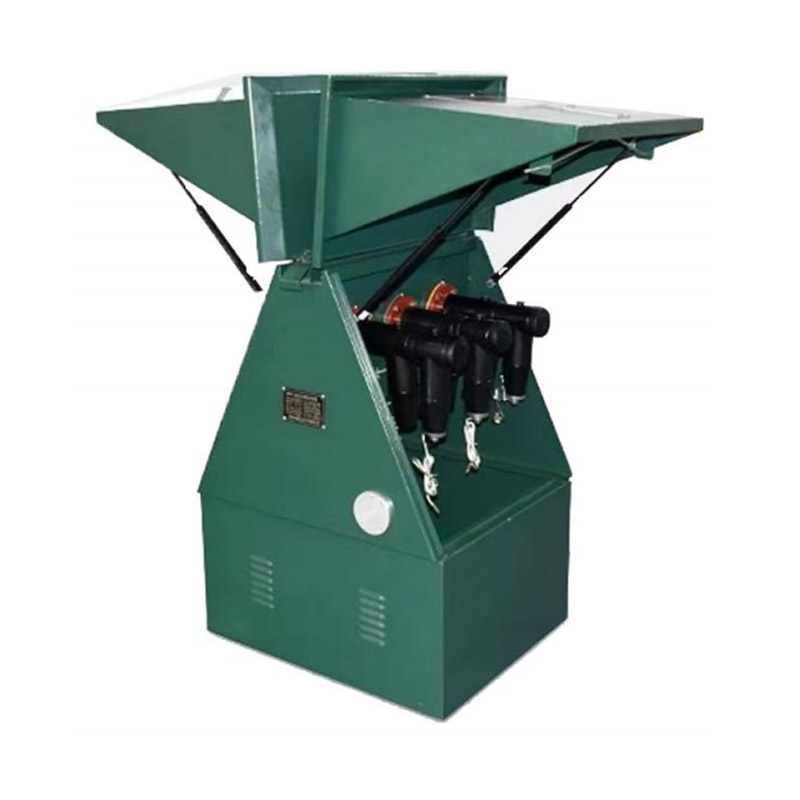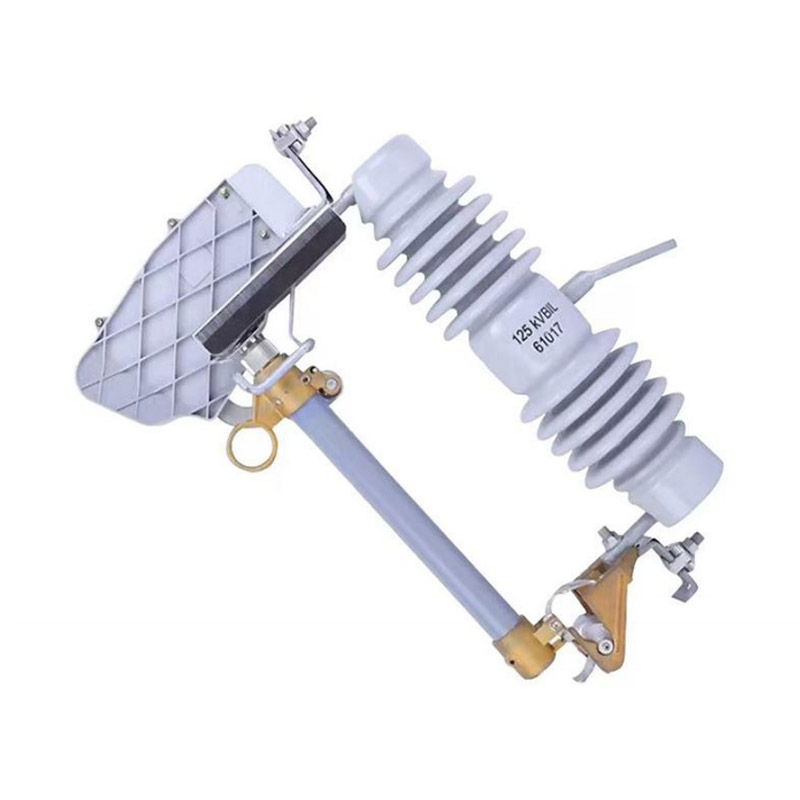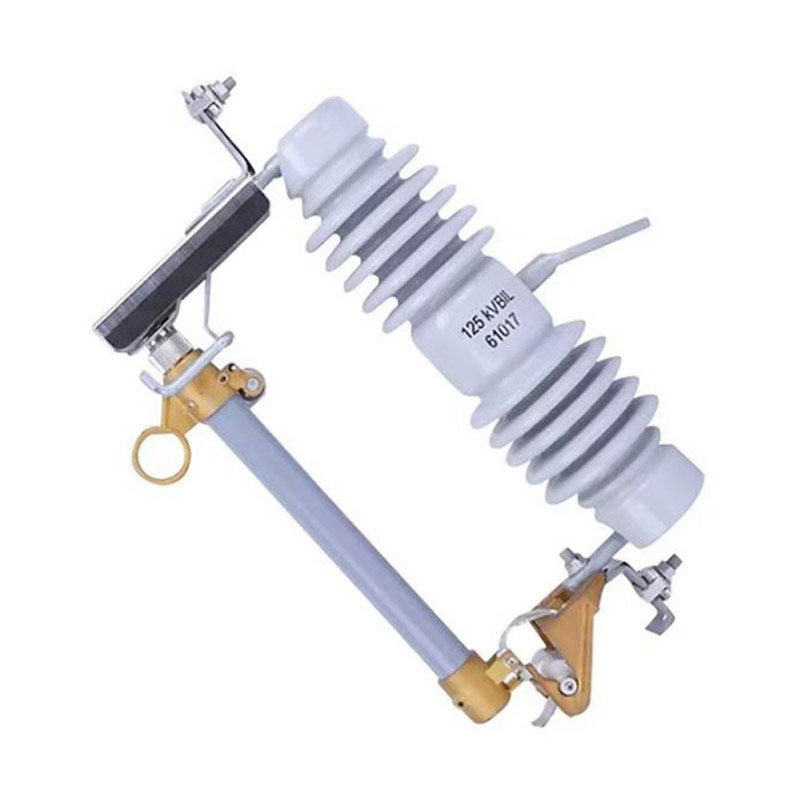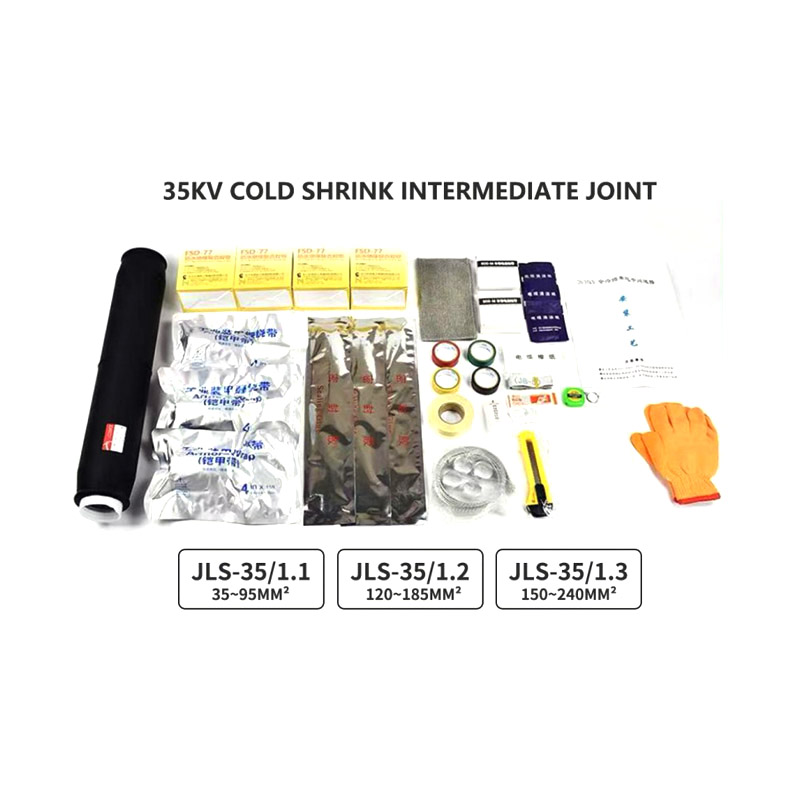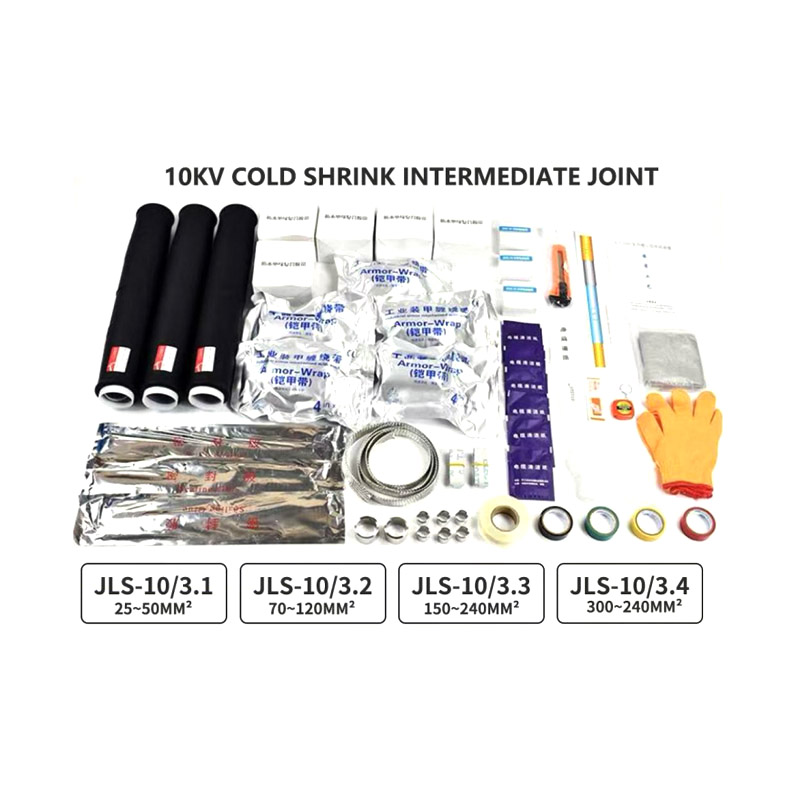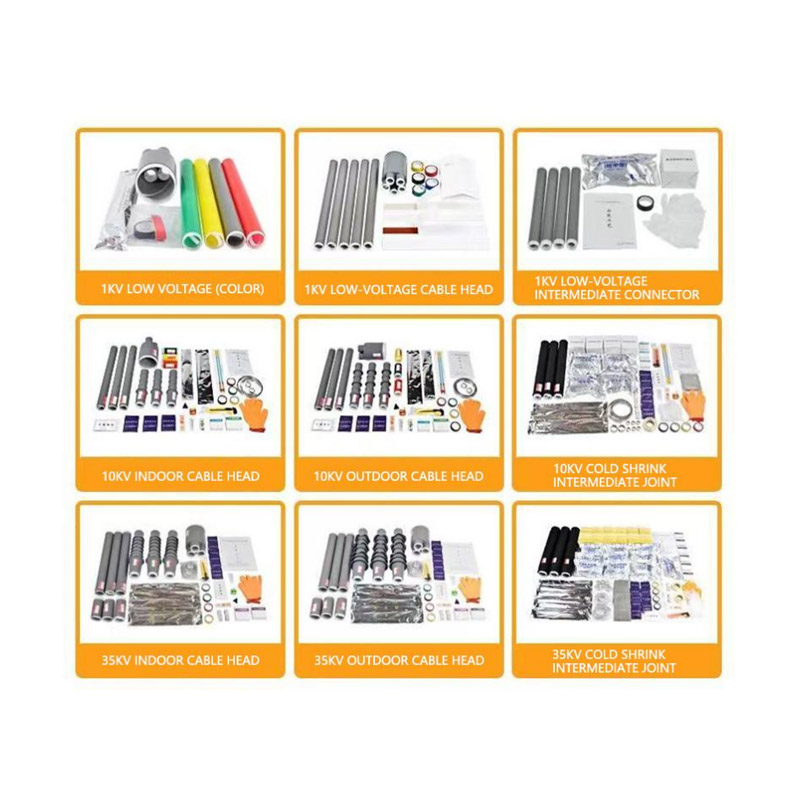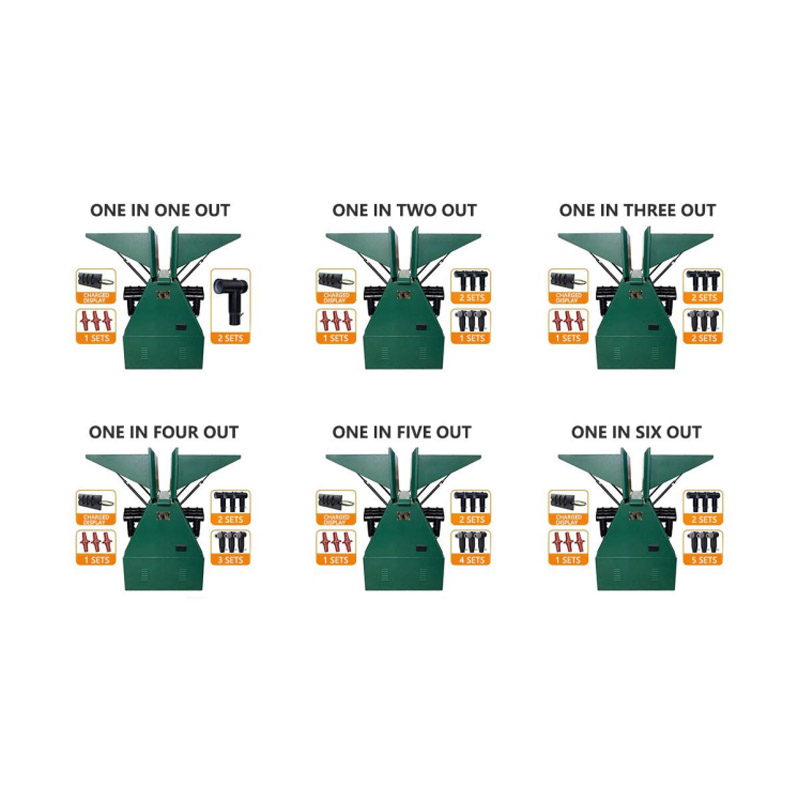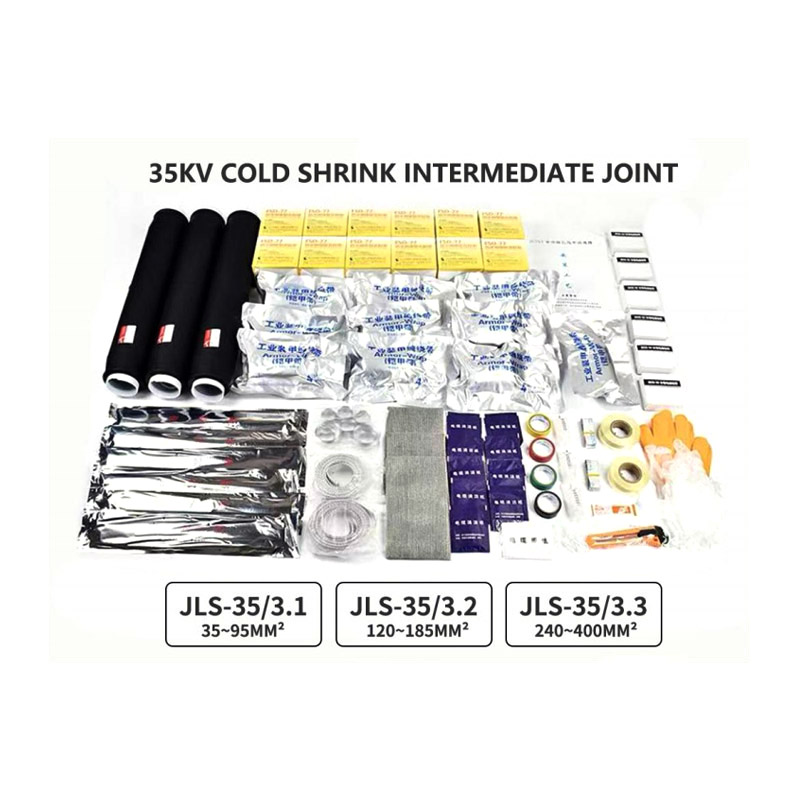In industries where power distribution and high-current electrical systems are essential, the Heavy-Current Terminal Block plays a pivotal role in ensuring the safe, reliable, and efficient flow of electricity. These robust terminal blocks are designed to handle high electrical loads, often in challenging environments such as power stations, manufacturing plants, and industrial facilities. As the demand for reliable power distribution continues to grow, the heavy-current terminal block stands as a cornerstone in electrical connectivity.
A Heavy-Current Terminal Block is a type of electrical connector designed specifically to handle high amounts of current. Unlike standard terminal blocks, which are generally used for low to medium-current circuits, heavy-current terminal blocks are built to withstand the demands of high-power applications, where currents often exceed several hundred or even thousands of amperes. These terminal blocks provide secure connections for large gauge wires, ensuring a stable electrical path for heavy machinery, power distribution networks, and high-voltage systems.
The key design feature of heavy-current terminal blocks is their ability to handle higher electrical loads without overheating or causing excessive wear. These blocks are typically made from materials with electrical conductivity and heat resistance, such as copper or high-strength alloys, to ensure both safety and efficiency.
Key Features of Heavy-Current Terminal Blocks
High Current Rating: The significant feature of a heavy-current terminal block is its high current rating. These blocks can handle currents ranging from several hundred to several thousand amperes, making them ideal for large-scale industrial applications such as power plants, heavy machinery, and substations.
Robust Construction: Heavy-current terminal blocks are typically constructed with materials designed to withstand electrical loads and high temperatures. Copper, brass, and other high-conductivity alloys are commonly used for their electrical properties and durability. The blocks may also feature a corrosion-resistant coating for added longevity in harsh environments.
Large Wire Capacity: These terminal blocks accommodate large-sized cables, which are essential for transmitting high currents. The connection terminals are designed to securely hold thick wires, ensuring a stable and low-resistance connection.
Vibration and Shock Resistance: Heavy-current terminal blocks are often used in industrial environments subject to vibrations and mechanical shocks. Therefore, these blocks are built to remain secure and reliable under such conditions, preventing loosening of connections or potential electrical failures.
Enhanced Safety: Given the high currents that these terminal blocks manage, safety is a top priority. Many heavy-current terminal blocks are designed with safety features like insulated housings, protective covers, and secure locking mechanisms to minimize the risk of electrical shock or short circuits.
Multi-Pole Configuration: Heavy-current terminal blocks are available in multi-pole configurations, enabling the simultaneous connection of several electrical conductors in one block. This simplifies the wiring process and reduces the need for additional components, saving time and space in power distribution panels.
Heat Dissipation: Because high currents generate significant heat, many heavy-current terminal blocks are designed with features that promote efficient heat dissipation. This ensures that the block does not overheat and that electrical connections remain stable even under high load conditions.
Applications of Heavy-Current Terminal Blocks
Heavy-current terminal blocks are indispensable in applications where high power and reliable connections are essential. Some of the common sectors where these terminal blocks are used include:
Power Stations and Substations: In power generation and distribution facilities, heavy-current terminal blocks are used to connect high-voltage power lines, transformers, and circuit breakers. These blocks facilitate safe and reliable power transmission, ensuring that electricity reaches homes, businesses, and industries efficiently.
Industrial Machinery: In factories and manufacturing plants, large machines often require high amounts of electrical power to operate. Heavy-current terminal blocks ensure secure electrical connections to motors, drives, and other heavy-duty equipment, allowing for efficient and uninterrupted operation.
Railways and Transportation: Electric trains and railway signaling systems rely heavily on robust electrical connections. Heavy-current terminal blocks are used in rail infrastructure to manage power supply and ensure safe operation under demanding conditions.



 English
English Español
Español عربى
عربى